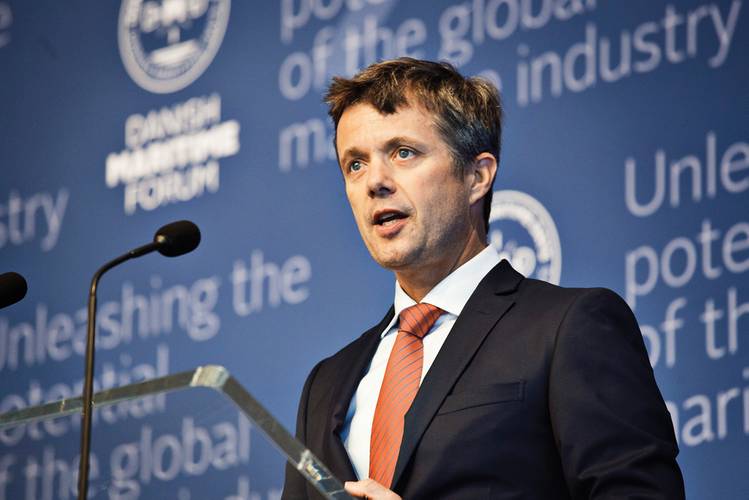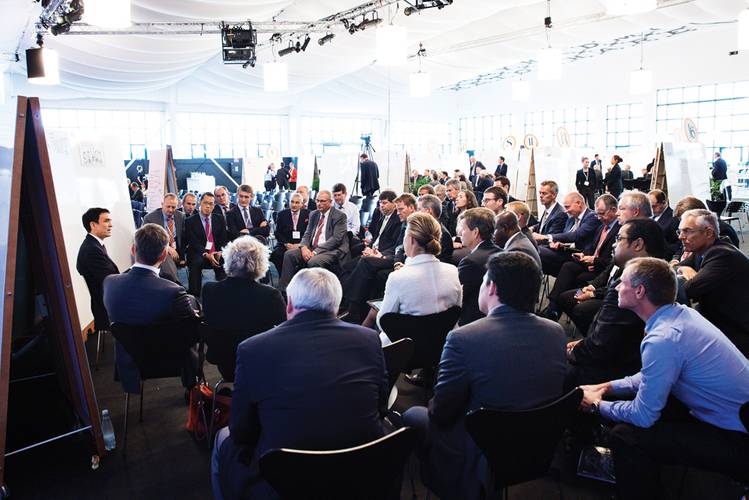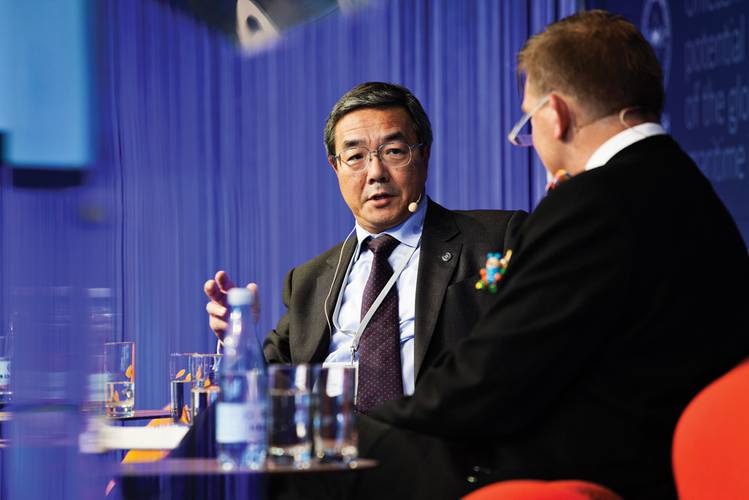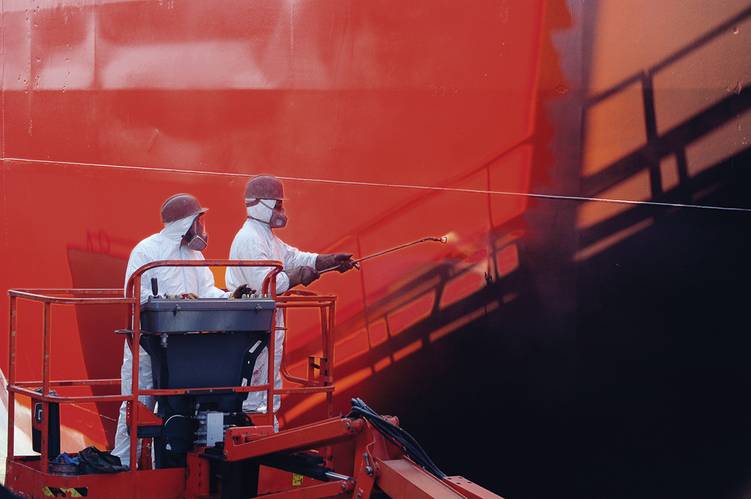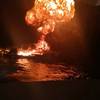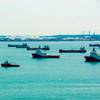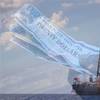Danish Maritime Takes Center Stage
The inaugural Danish Maritime Days was held with the goal of providing an open platform for a diverse range of industry stakeholders to collaboratively address some of the largest issues facing the maritime sector; but the event also showcased a resurging maritime nation asserting itself on the international radar.
From October 6-10, 2014, maritime stakeholders from across the globe convened in Denmark for the inaugural Danish Maritime Days (DMD), held via a public-private partnership between Danish Maritime, the Danish Maritime Authority and the Danish Shipowner’s Association. Many of Denmark’s top maritime leaders, technologies and initiatives were placed prominently on the world stage as the event was funded by some of the country’s largest maritime players: the A.P. Møller Relief Foundation, the Danish Maritime Fund, the Hempel Foundation, the Lauritzen Foundation, the Danish Ministry of Business and Growth, D/S Orients Fond, D/S NORDEN and the Torm Foundation.
The weeklong DMD encompassed more than 50 industry events in Copenhagen and all through Denmark, including exhibitions, conferences, workshops, briefings, symposia, company visits, and numerous social events.
DMD’s flagship event, the Danish Maritime Forum, was held at Docken (the dock), a former salt store house situated on the pier in the Copenhagen’s Nordhavnen (North Harbor), which much like the Danish maritime industry itself is in the midst of a budding transformation toward sustainability.
In total, more than 200 attendees made up a “who’s who” guest list, a list which included Denmark’s Crown Prince Frederik, IMO Secretary General Koji Sekimizu, international shipping and transport ministers and dozens of corporate leaders representing the industry’s top companies. Elite industry stakeholders – from ship owners, operators, managers, builders, suppliers, politicians and regulators, to bankers, brokers and other investors – participated in collaborative workshops and debates centered on future maritime challenges – from Africa to the Arctic – as influential experts and decision-makers discussed various approaches to sustained maritime growth, development and profitability.
Director General of the Danish Maritime Authority Andreas Nordseth said, “I am proud that we have succeeded in gathering a wide range of top executives in the maritime industry for Danish Maritime Days and the Danish Maritime Forum. It shows that Blue Denmark can take the lead in the debate on the challenges of the future, and I look forward to even more good discussions and events next year.”
Denmark on Display
Denmark holds a competitive position in the global maritime market, with solid growth records over the last 10 years. In all, about 100,000 Danes are employed in maritime professions, and according to Blue Denmark, the country is responsible for transporting 10% of world trade — approximately 1 billion metric tons annually. The Danish maritime industry includes some 1,000 maritime-related businesses, of which more than 150 were represented at the first ever Danish Maritime Fair in Copenhagen’s Bella Center.
The exhibition from October 7-10 showcased a collection of well-established and newly emerging businesses, equipment and technologies from the Danish cluster.
Several large shipowners, including Mærsk, Uni-Tankers, Clipper Group, Thome Ship Management and Weco Dannebrog Group, were represented along with various equipment suppliers, logistics companies, classification societies, schools and universities, technology developers and other shipping organizations and authorities. As displayed by the fair, Denmark maintains a presence in most maritime areas, including diesel engines, ballast water treatment systems, ship design, marine coatings, life-saving equipment, and a wide variety of additional maritime products and services.
(Green) Blue Denmark
Denmark is considered a leader in the development of environmentally friendly technologies, especially for engines and other propulsion technologies such as scrubbers. According to figures provided by Danish Maritime, 50% of the world’s scrubbers are developed and produced in Denmark.
“Denmark focuses on research, development and innovation. Within the maritime industry, we are home to a range of globally leading businesses who are first movers,” said Jenny N. Braat, managing director of Danish Maritime.
From scrubbers to ballast water treatment, Denmark’s greenest solutions were on display during Danish Maritime Days, starting at the all-day event “Cleaner and more energy efficient shipping” on October 6, where delegates examined an array of approaches to a more environmentally friendly industry. The conference covered topics such as global warming and air pollution, current/future emissions regulations, and alternative fuels and technological solutions to lessen shipping’s ecological impact.
The “First Movers in Safety, Green Solutions and Technologies – Possibilities and Challenges” seminar on October 9 focused on the implementation of green technologies and safety solutions, with regards to the practical, economic and legal challenges for technology providers and initial users, perhaps most clearly seen with ballast water treatment in particular – a technology for which Denmark is notably at the forefront.
Danish Maritime Days’ focus on Danish leaders, trends and technologies combined with its effort toward collaboratively solving grand challenges in the maritime sector, helped the week to highlight key maritime issues that are being, or need to be, addressed – in Denmark and internationally. As the industry goes forward, the Danish sector will continue its role as an innovator, “first-mover”, and important piece to the maritime puzzle.
• Denmark to Nominate Nordseth for IMO Secretary General: Danish Maritime Authority director, Andreas Nordseth, will be nominated by the Danish government to enter the election for the post of IMO Secretary General. It is expected that the election for the post of IMO Secretary-General will be printed in December 2014 and held in the IMO Council in June/July 2015. The post will become vacant on January 1, 2016.
• Bawat BWTS Earns IMO Type Approval: Bawat A/S said its ballast water treatment system has completed all IMO required tests, as verified by DNV GL. Bawat’s equipment uses a unique in-tank recirculation solution that allows for operation while at sea, saving time and money when compared to in-line systems which require the vessel to be in port while treatment takes place. Bawat uses dexoygenation and pasteurization in a recirculation process, and its treatment process is initiated when the ship has left the ballasting position and is in voyage. Ballast water is pumped from just below the water surface in the ballast water tank through the Pasteurizing Unit where the ballast water is heated to a specified temperature (typically 72 °C). In the Retention Section it is held at this temperature for a specified period of time (typically 1 min.). The heating takes place in one or two plate heat exchangers and the heat is provided by surplus heat sources – e.g. main engine jacket cooling water or exhaust heat economizers through steam or thermal oil systems. In the regeneration section of the Pasteurizing Unit the out-going water is preheating the in-coming water resulting in a low Pasteurizing Unit ΔT (typically 4 – 6 °C). After pasteurization nitrogen under pressure is injected into the water flow. The nitrogen is release as mini bubbles at the BWTank bottom and through the surface of the bubbles the dissolved oxygen in the BW is replaced by nitrogen. The circulation is performed a specified number of times the exact number depending on the BWTank’s construction.
• New Wind Farm Service Boat from Tuco: Tuco Marine revealed its newest vessel in the ProZero series, the ProZero 11-m Wind Farm Service Boat, a little sister to the 13-m edition presented earlier this autumn. With this design, Tuco Marine said it targets the third round offshore service an accommodation vessels, serving the far offshore farms on deep waters where daily travel from site to shore is not feasible and workers are therefore accommodated on larger mother vessels or on accommodation platforms.
(As published in the November 2014 edition of Maritime Reporter & Engineering News - http://magazines.marinelink.com/Magazines/MaritimeReporter)








